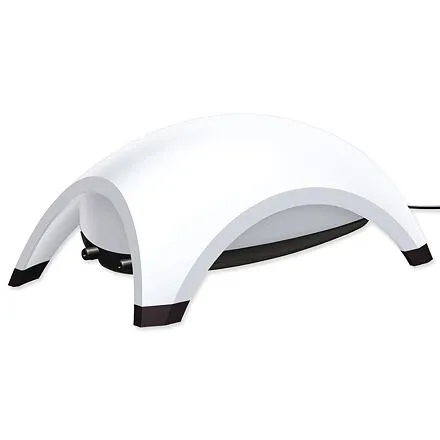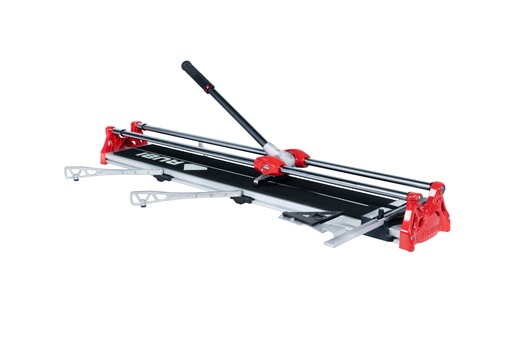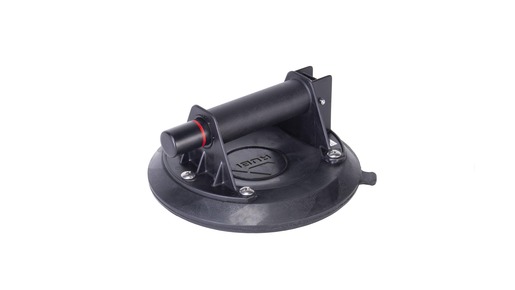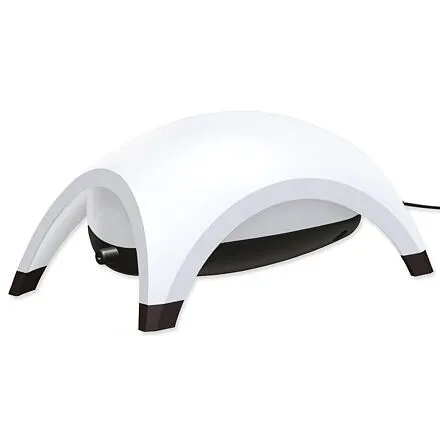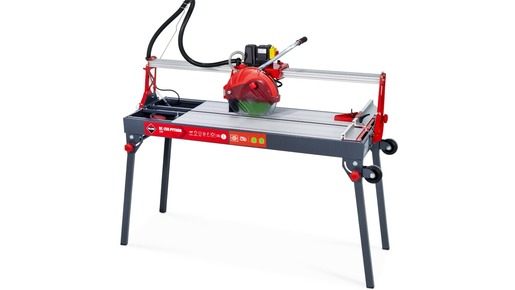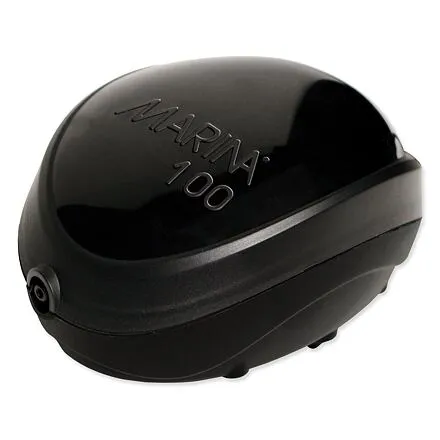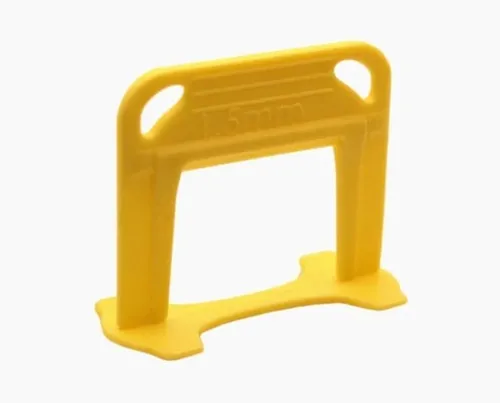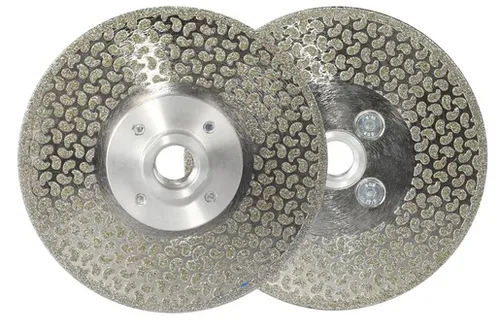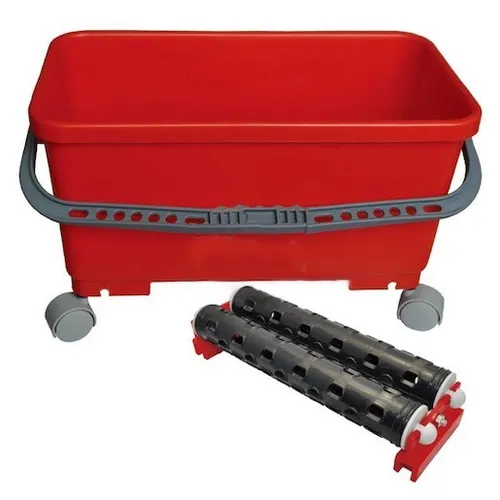When it comes to the category of tools, these essential products serve a wide range of purposes, catering to both professionals and DIY enthusiasts alike. Tools are designed to assist in various tasks, from construction and woodworking to gardening and automotive repair. Whether you are a seasoned tradesperson or a weekend warrior tackling home improvement projects, understanding the right tools for your needs is crucial for achieving optimal results.
Key Factors to Consider When Choosing Tools
Selecting the right tools involves several important parameters. First and foremost, consider the type of material the tool is made from. High-quality materials such as stainless steel, carbon steel, or durable plastics can significantly impact the tool's longevity and performance. Additionally, the tool's design and ergonomics play a vital role in user comfort and efficiency. Look for features such as non-slip grips, balanced weight distribution, and easy-to-use mechanisms that enhance usability.
Another critical aspect to consider is the specific characteristics of the tool. For instance, if you are choosing a power tool, pay attention to its power source—cordless models offer portability, while corded versions typically provide consistent power. Furthermore, consider the tool's versatility; some tools come with interchangeable heads or attachments, allowing you to perform multiple tasks with a single device.
Advantages and Disadvantages of Different Product Variations
Different variations of tools come with their own sets of advantages and disadvantages. For example, hand tools are often more affordable and require no electricity, making them ideal for quick fixes and small projects. However, they may require more physical effort and time compared to power tools, which can complete tasks more efficiently but may come with a higher initial investment and maintenance needs. Additionally, specialized tools, while highly effective for specific tasks, can limit your overall versatility if you do not have a diverse toolkit.
Practical Tips on Using, Maintaining, and Caring for Tools
To ensure the longevity and effectiveness of your tools, proper maintenance is essential. Regularly clean your tools after use to prevent rust and corrosion, especially for metal components. Lubricate moving parts as needed to keep them functioning smoothly. Store tools in a dry, organized space to avoid damage and make them easily accessible for future projects.
When using tools, always prioritize safety. Wear appropriate protective gear, such as gloves and goggles, to safeguard against potential injuries. Familiarize yourself with the tool's operation manual to understand its features and limitations fully. This knowledge will not only enhance your safety but also improve your efficiency while working.
Getting the Most Out of Your Tools
To maximize the utility of your tools, consider combining them with complementary products. For instance, if you are using a power drill, having a set of high-quality drill bits can significantly expand your capabilities. Additionally, investing in a sturdy toolbox or organizer can help keep your tools in optimal condition and readily available for any project.
In conclusion, the tools category encompasses a vast array of products designed to facilitate various tasks for both professionals and hobbyists. By considering key factors such as material quality, design, and specific features, you can make informed decisions when selecting tools. Understanding the advantages and disadvantages of different variations will help you build a versatile toolkit that meets your needs. With proper maintenance and care, along with strategic combinations of tools, you can enhance your productivity and achieve outstanding results in your projects.
show more text


